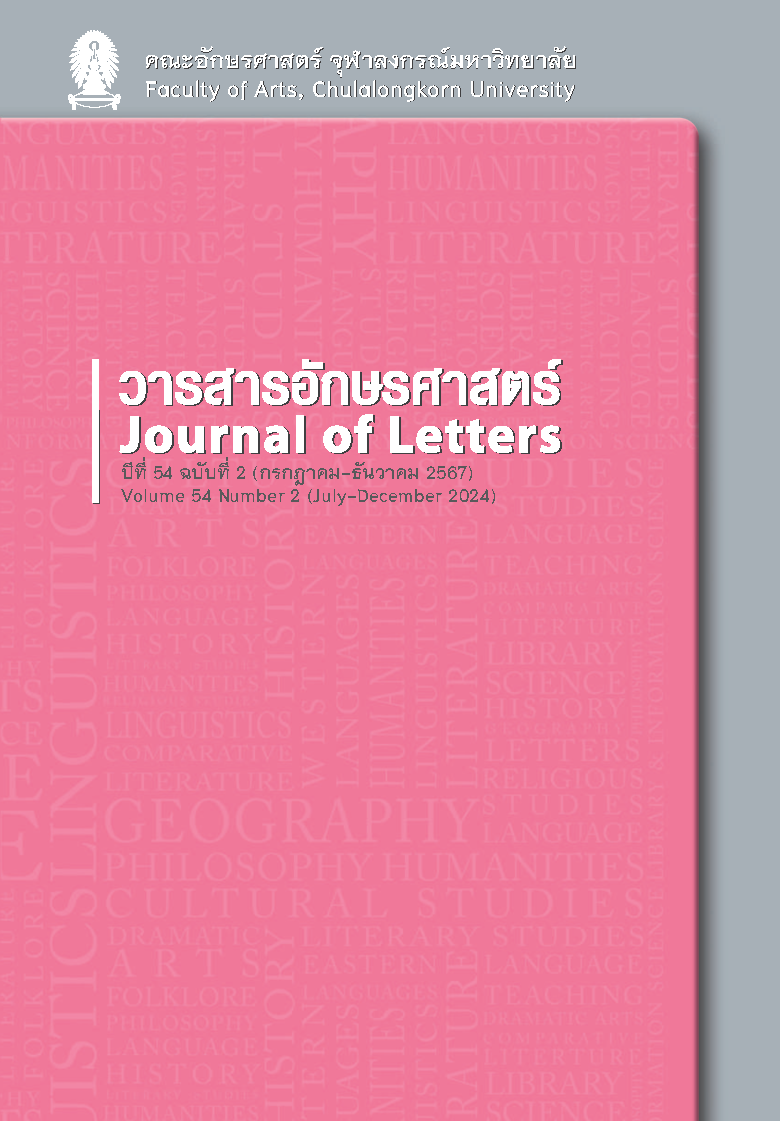Literature in the Evolutionary Framework:
Darwin's Theory of Evolution in English Literary Analysis
Keywords:
Charles Darwin, Literature and Science, Literary Darwinism, John Milton, Interdisciplinary IntegrationAbstract
This article aims to examine the role of Charles Darwin's theory of evolution in literature, considering its influence on Victorian writers—particularly in the realist novels of Charles Dickens and George Eliot—and extending to the emergence of evolutionary literary theory in the 20th century. The author applies this theory to analyze John Milton's Sonnet 7. The analysis results demonstrate that Darwinian evolutionary literary theory has strengths in explaining character behavior through the lens of adaptation for survival but is limited by its neglect of historical and cultural contexts. The experimental reading of Milton's Sonnet 7 clearly reflects this limitation, as the theory fails to comprehensively explain the religious and spiritual dimensions of the poem. However, this study suggests that Darwinian evolutionary literary theory can be a useful supplementary tool in literary analysis but should be used in conjunction with other critical methods to achieve a more complete understanding.
References
ภาษาไทย
Darwin, Charles ดาร์วิน, ชาร์ลส์. (2015). Kamnoed sapichies กำเนิดสปีชีส์ [On the origin of species] (N. Cheevawat et al., Trans.). Sarakadee. (Original work published 1859)
ภาษาต่างประเทศ
Beer, G. (1983). Darwin's plots. Cambridge University Press.
Beer, G. (2000). Darwin's plots (2nd ed.). Cambridge University Press.
Boyd, B. (2005). Literature and evolution: A bio-cultural approach. Philosophy and Literature, 29(1), 1-23.
Carroll, J. (1995). Evolution and literary theory. Human Nature, 6(2), 119-134. https://doi.org/10.1007/BF02734174
Carroll, J. (2004). Literary Darwinism: Evolution, human nature, and literature. Routledge.
Carroll, J. (2010). Three scenarios for literary Darwinism. New Literary History, 41(1), 53–67. http://www.jstor.org/stable/40666484
Carroll, J. (2016). Evolutionary literary study. In D. M. Buss. (Ed.), The handbook of evolutionary psychology: Integrations (2nd ed.; Vol. 2; pp. 1103-1119). John Wiley and Sons.
Darwin, C. (2008). On the origin of species (G. Beer, Ed.; Revised ed.). Oxford University Press. (Original work published 1859)
Eliot, G. (2017). Middlemarch (Evergreen Edition). Alma Classics.
Griffiths, D. (2019). The age of analogy: Science and literature between the Darwins. Johns Hopkins University Press.
Haskin, D. (1982). The burden of interpretation in The Pilgrim's Progress. Studies in Philology, 79(3), 256-278.
Kaplan, H., Hill, K., Lancaster, J., & Hurtado, A. M. (2000). A theory of human life history evolution: Diet, intelligence, and longevity. Evolutionary Anthropology, 9(4), 156-185. https://doi.org/10.1002/1520-6505(2000)9:4%3C156::AID-EVAN5%3E3.0.CO;2-7
King, M. L. (2003). The Renaissance in Europe. Laurence King Publishing.
Kramnick, J. (2011). Against literary Darwinism. Critical Inquiry, 37(2), 315-347.
Levine, G. (1988). Darwin and the novelists: Patterns of science in Victorian fiction. Harvard University Press.
Lieberman, D. E. (2013). The story of the human body: Evolution, health, and disease. Vintage.
Milton, J. (1953). To a Friend. In D. M. Wolfe (Ed.), Complete prose works of John Milton (Vol. 1; pp. 319-321). Yale University Press.
Milton, J. (n.d.). Sonnet 7: How soon hath time, the subtle thief of youth. Poetry Foundation. Retrieved July 22, 2024, from https://www.poetryfoundation.org/poems/44744/sonnet-7-how-soon-hath-time-the-subtle-thief-of-youth
Porter, R. (1998). London: A social history. Harvard University Press.
Swiss, M. (1986). Crisis of conscience: A theological context for Milton's “How Soon Hath Time”. Milton Quarterly, 20(3), 98-103. https://doi.org/10.1111/j.1094-348X.1986.tb00684.x
Willis, M. (2015). Literature and science (Vol. 2 of Readers' Guides to Essential Criticism). Macmillan Education UK.
Downloads
Published
How to Cite
Issue
Section
License

This work is licensed under a Creative Commons Attribution-NonCommercial-NoDerivatives 4.0 International License.
Copyright and plagiarism
Authors are responsible for obtaining permission to use copyrighted materials from copyright owners. Authors are responsible for observing requisite copyright law when quoting or reproducing copyrighted materials. Quotations and reproductions of content from other published sources must be accompanied by a reference and all sources should be clearly listed in the references section. Quotations and reproductions of content from external sources without due attribution could be considered a severe infringement of academic conduct and may constitute a legal offence under the Copyright Act of B.E. 2537. Any legal ramifications arising from the infringement of copyright regulations would be the sole responsibility of the author(s).



